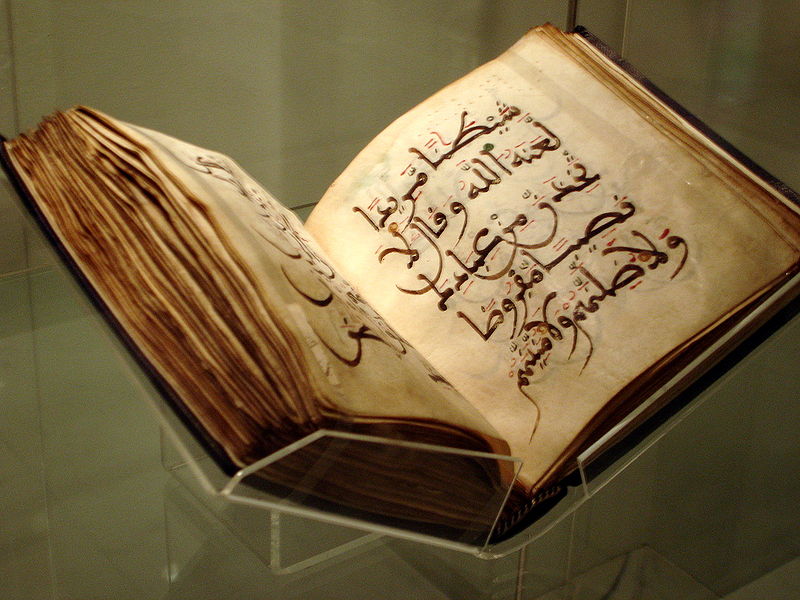2.1.3 Why Is Islam So Different in Different Countries?

Today, there are more than one and a half billion Muslims worldwide, making Islam the second-largest religion on the planet after Christianity. But it is a rich and variegated religion. And this variation must be taken into account when dealing with it (The Conversation, 2016).
Read: Why is Islam So Different in Different Countries? // The Conversation
- Why is Islam practice differently in different places and at different times?
- What religious practice does the author compare visiting Sufi shrines to? What are other similarities and differences between them?
- What do you think has led to the tension between Sufism and more conservative visions of Islam?
Thumbnail: “11th Century North African Qur’an.” Photo Credit: British Museum, Wikimedia Commons user LordHarris. CC BY-SA 3.0.


